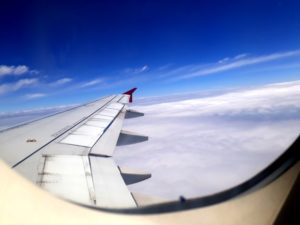 The Association of Asia Pacific Airlines (AAPA) has called on governments to reexamine existing border closures and restrictions, saying these measures have “completely suppressed” international travel demand since April 2020 to the detriment of the industry.
The Association of Asia Pacific Airlines (AAPA) has called on governments to reexamine existing border closures and restrictions, saying these measures have “completely suppressed” international travel demand since April 2020 to the detriment of the industry.
Citing its latest data, AAPA said that in July 2020, Asia-Pacific airlines carried only 844,000 international passengers, representing less than 3% of the 33.4 million passengers carried in July 2019 and reflecting the depressed operating conditions of the industry.
Offered seat capacity was at 8.3% of the levels operated last year, resulting in a low 33.2% average international passenger load factor for the month.
“International border closures affecting more than 50% of destinations worldwide, and other forms of onerous travel restrictions, continue to cripple international travel,” said AAPA director general Subhas Menon. “Prospects for a more substantive recovery of the aviation industry are stalled as a result, severely impacting the wider travel and tourism sector.”
READ: ACI: effective testing program better than blanket quarantine
Menon stressed that it is critical that governments “act urgently to review existing restrictions and prepare for the safe reopening of borders, implementing appropriate risk management protocols in line with ICAO CART recommendations.”
“It is noteworthy that several States and industry bodies are evaluating various COVID-19 testing regimes that could facilitate international air travel without the imposition of blanket quarantine requirements,” he added.
Air freight stable but down
Meanwhile, Asian airlines saw relatively stable demand for international air cargo shipments in July, although traffic was still 16% below the levels seen in the same month last year, said AAPA.
Cargo traffic fell by 16.0 % to about 5 million freight tonne kilometers (FTKs) in July from around 6 million FTKs in the same period last year.
The average international freight load factor was 10.4 percentage points higher at 69.7% for the month, reflecting the sharp reduction in belly-hold cargo capacity following the grounding of most international passenger service operations.
From January to July 2020, Asian airlines carried 33.8 million FTKs, a decline of 16.2% from 40.37 million FTKs in the same period last year.
Photo by Raíssa Letícia on Unsplash





